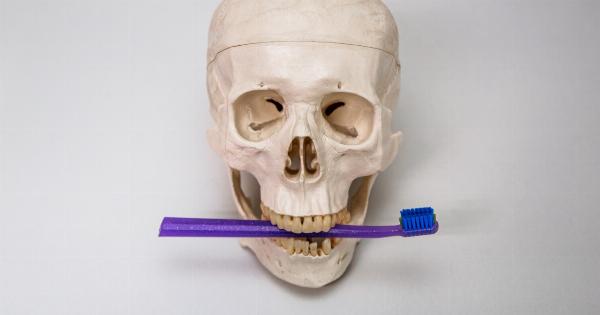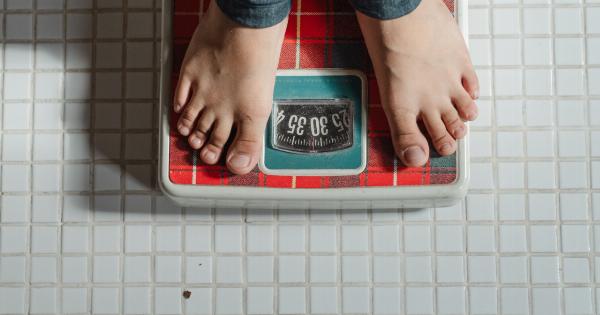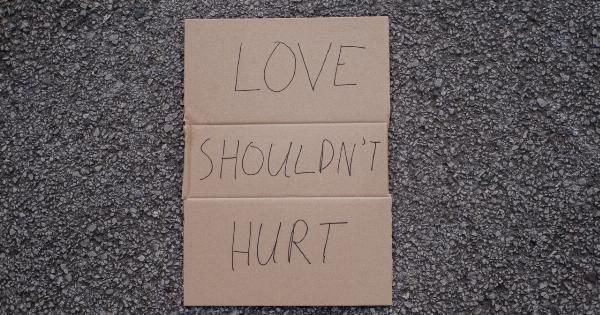Menopause is a natural biological process in a woman’s life when her periods stop and she is no longer able to conceive. Amenopause, on the other hand, refers to the premature onset of menopause, which can occur in women under the age of 40.
This condition can be caused by a range of factors, including genetic, autoimmune, and surgical, and can lead to a number of health complications, including bone loss and osteoporosis.
What is Osteoporosis?
Osteoporosis is a disease in which bones become weak and brittle, making them more susceptible to fractures. It is often referred to as a silent disease because its symptoms are not always noticeable until a fracture occurs.
Women are more likely than men to develop osteoporosis, and the risk increases with age and the onset of menopause. In fact, research has shown that women can lose up to 20% of their bone density in the five to seven years after menopause.
Factors that Contribute to Bone Loss
There are a number of factors that can contribute to bone loss in women, including:.
- Age
- Gender
- Low body weight
- Certain medications
- Lack of exercise
- Smoking
- Excessive alcohol consumption
- Low calcium intake
Premature Menopause
Women who experience amenopause are at an increased risk for bone loss and osteoporosis due to the premature cessation of estrogen production. Estrogen helps to protect bones by maintaining bone density and preventing excessive bone resorption.
When estrogen levels drop, as they do during menopause, bones can become weaker, increasing the risk of fractures.
In addition to amenopause, other factors that can cause premature menopause include:.
- Genetics
- Autoimmune disorders
- Chemotherapy or radiation therapy
- Surgical removal of the ovaries
Preventing Bone Loss
While amenopause and the onset of osteoporosis are inevitable for many women, there are things that can be done to prevent bone loss and maintain bone density.
One of the most effective ways to protect against bone loss is through a healthy diet that includes adequate amounts of calcium and vitamin D. Calcium can be found in dairy products, leafy greens, and fortified foods, while vitamin D can be obtained through exposure to sunlight, oily fish, and fortified foods.
A regular exercise routine is also important for maintaining bone density and strength. Weight-bearing exercises such as walking, jogging, and weightlifting can help to stimulate bone growth and prevent loss of bone density.
In addition to exercise and diet, quitting smoking and limiting alcohol intake can also help to prevent bone loss.
Treating Osteoporosis
For those who have already experienced significant bone loss, there are a number of treatments available to help slow or reverse the damage.
The most common treatment for osteoporosis is medication that can help to slow the rate of bone loss and increase bone density. In more severe cases, surgical intervention may be necessary to repair fractures and stabilize bones.
Conclusion
Although amenopause and osteoporosis can cause significant health complications for women, there are steps that can be taken to prevent bone loss and maintain bone density.
A healthy diet, regular exercise, and avoiding smoking and excessive alcohol consumption can all help to protect against bone loss, while medication and surgery can help to treat and repair existing damage.





























